DROPS Cotton Merino
A superwash yarn for all seasons!
from:
7BGN
per 50 g
Content: 50% Wool, 50% Cotton
Yarn Group:
B (20 - 22 stitches)
/ 8 ply / DK / worsted
Weight/length: 50 g = approx 110 m
Recommended needle size: 4 mm
Knitting tension: 10 x 10 cm = 21 sts x 28 rows
Care: Machine wash on gentle cycle 40°C / Don’t use fabric softener / Dry Flat
Superwash: yes
Made in: EU
Raw material origin: Wool from South America, cotton from Turkey
This yarn has an Oeko-Tex® certification (certificate number 09.HBG.68250), Standard 100, Class I from the Hohenstein Institute. This means that is has been tested for harmful substances and is considered safe in human-ecological terms. Class I is the highest level, and it means the yarn is suitable for baby articles (ages 0-3).
DROPS Cotton Merino is made in a combination of extra fine merino and long cotton fibers. We have chosen not to card the merino wool and the cotton together, which highlights each of the fibers properties in a better way, while at the same time allows to achieve more vibrant colours and textures. Superwash treated and very gentle on the skin, DROPS Cotton Merino is a great choice for baby and children’s clothing.
Made from many thin strands spun together, which give the yarn roundness and elasticity, it’s especially suitable for cable, structure and moss patterns. This special construction also makes it extra important to treat the garment right: make sure that you knit with the correct tension - so use a tight tension rather than a loose one. Don't wash your garment too warm, never leave it to soak and let the garment dry flat.
And as in all our merino yarns, the merino wool originates from free-range, mulesing-free animals from South America.
Read more about our products' sustainability here
Please be aware that the colours shown may vary from screen to screen in the same way that shades may vary slightly from dye lot to dye lot.
How do I care for this yarn?

Machine wash on gentle cycle 40°C / Don’t use fabric softener / Dry Flat
All our super wash treated merino yarns should be washed in the machine, using a gentle cycle program. That being said, there are a few more tips that are extremely relevant when it comes to caring for this yarn:
- Machine wash - separately - using a gentle cycle program at 40ºC, with a light centrifugation (about 800rpm). Only use detergents without enzymes and optical brighteners.
- NEVER use fabric softener (the wool fibers become too soft and can slide apart).
- NEVER leave the garment to soak/wet in the washing machine for a long period of time.
- To dry the garment, shape it and lay it flat - do not hang - ideally on a warm bathroom floor or on top of a drying rack in a room with good air circulation. Never dry the garment in direct sunlight.
- Never iron the garment directly. Use always a damp cloth between your steaming iron or regular iron and the garment.
Note: If you are washing a project made with this yarn combined with another, the general guideline is to follow the washing instructions for the most delicate of the yarns you are working with.
Do you have a question about this yarn?
See a list of frequently asked questions (FAQ) about our yarns.
1) What type of fibers make the DROPS yarns?
Yarn can be made from a large number of natural and synthetic fibers. DROPS carries mainly yarns made from wool, cotton, alpaca, linen, mohair and silk. Each fiber type has its own qualities, and they are often mixed to take advantage of the best properties of each one. Coarse yarn has the advantage of being stronger and more durable, and finer fibers offer more softness and comfort. Here a bit about the main fibers we carry:
Alpaca:
Alpaca fleece is the natural fiber harvested from an alpaca, and it is similar in structure to sheep wool fiber. Its softness comes from the small diameter of the fiber, similar to merino wool. It is a soft, durable, luxurious and silky natural fiber. Yarn made from alpaca fibers does not felt or pill easily, and it can be light or heavy in weight, depending on how it is spun. While similar to sheep’s wool, it is warmer, not prickly, and has no lanolin, which makes it hypoallergenic. Alpacas come in 22 natural colors, with more than 300 shades from a true-blue black through browns-black, browns, white, silver and rose-greys.
Mohair:
This fiber comes from the Angora goats, and it's considered a luxury fiber. Mohair yarn is warm as wool, but much lighter in weight; it is durable, dyes well and does not felt easily. Mohair fibers have also a distinctive luster created by the way they reflect light. Despite being a hard fiber, mohair is usually spun into a very fluffy yarn, resulting in airy and lustrous garments.
Wool:
The wool fibers come from the skin of sheep and are relatively coarse fibers. Two striking characteristics of wool are its susceptibility to heat and its felting property, which is caused by the scales on the surface. Depending upon the breed of sheep, the appearance of the wool varies.
Wool from Merino sheep is considered the finest type of wool, having as characteristics that is finely crimped and soft. All the Merino wool in the DROPS yarns has its origins in South America, coming from sheep that have not been subject to Mulesing.
Pure new wool is wool made directly from animal fleece, and not recycled from existing wool garments.
Machine washable wool is wool treated chemically to minimize the outer fuzzy layer of the fibers, and be therefore fitable for machine wash (see Superwash).
Silk:
The silk fiber is a fine continuous fiber produced from the cocoon of a moth caterpillar known as the silkworm. While silkworm is cultivated, the wild or tussah silk is obtained from uncultivated silkworm cocoons. Silk fiber is one of the strongest natural fibers and makes a wonderful knitting yarn. It blends really well with other fibers, especially wool. Silk also dyes beautifully with natural dyes.
Vegetable fibers:
There are several varieties of vegetable fibers, found in the cell walls of plants or vegetables. Of all the varieties, two are recognized as major knitted or textile fibers. They are cotton and linen.
Cotton is the fiber surrounding the seeds in a cotton pod, and it is almost pure cellulose. Cotton is usually white in color but there are green and brown varieties as well. The cotton fiber is most often spun into yarn or thread and used to make a soft, breathable textile that is good for summer clothing and accessories, making a weaker yarn than silk or linen but stronger than wool.
Mercerized cotton is cotton that has been through a mercerization treatment. This treatment gives cotton fabrics and threads a lustrous yarn that is more lustrous than conventional cotton. It is also stronger, takes dye a little more readily, makes the yarn more resistant to mildew and reduces lint. It also may not shrink or lose its shape as much as "regular" cotton.
Linen is a fiber derived from the stalk of the flax plant that is durable and stronger than any other fiber. The linen fiber is relatively soft, straight and lustrous and becomes more beautiful with age. Linen is more comfortable to wear in hot temperatures than cotton, due to the fact that it absorbs moisture better and dries more quickly.
Other materials used in our yarns include synthetic fibers such as acrylic, viscose, polyamide (nylon) and polyester. These fibers are used mostly to give strength to a yarn (like our sock yarn, DROPS Fabel) or a special kind of structure (like our blown yarn, DROPS Air).
The polyamide fibre, commonly known as nylon, is very strong, durable, lightweight, easy to care for (can be machine washed and dried), and elastic, which makes it perfect for blending with other fibres to produce hard-wearing yarns like sock yarn.
Compared to polyester, polyamide is softer and more flexible, but it also absorbs more water and dries slower.
3) What type of information can I find on the DROPS yarn labels?
All DROPS yarn labels include information about fiber content (wool, cotton, etc.), weight in grams and ounces, length in meters and yards, washing instructions and symbols (explained here), color number, dye lot number and yarn group information.
4) What are the DROPS yarn groups?
All DROPS yarns are classified into 6 different thickness groups (A to F). Yarns in a same group have similar knitting tension/gauge, and can therefore be interchanged in patterns; however the length may be different, so when substituting always calculate the amount of meters/yards needed for the pattern to know the amount of yarn you need to get.
5) Can I use a different yarn than the one mentioned in the pattern?
Yes, as long as the yarn can be worked in the same knitting tension/gauge. Always swatch to make sure you get the same number of stitches in width and rows in height as given in the pattern.
Remember that different yarns with different textures, will give the garment different looks. The yardage/length may also be different, so when substituting always calculate the number of yards needed, in order to know the amount of yarn you need.
Read more about how to calculate the amount of an alternative yarn - and how to replace 1 thread of a yarn with 2 or more of another, here.
6) What does it mean when a yarn is “Superwash”?
A superwash wool is a special wool product that has been treated or processed in a way that allows it to be machine washable. Many people are afraid to work with wool because it is so easy to shrink (though some shrink wool on purpose) and superwash wool can allow them to work with great fibers without worry. (Read more here).
7) What does “Oeko-Tex® certified” means?
The Oeko-Tex® Standard 100 was introduced at the beginning of the 1990s as a response to the needs of the general public for textiles which posed no risk to health. The Oeko-Tex® Standard 100 is a globally uniform testing and certification system for textile raw materials, intermediate and end products at all stages of production. The test for harmful substances comprise substances which are prohibited or regulated by law, chemicals which are known to be harmful to health, and parameters which are included as a precautionary measure to safeguard health.
For more info go to www.oeko-tex.com
10) How accurate are the colours on the shade cards online?
When obtaining images for the shade card, we do our best to achieve the highest level of color accuracy. Unfortunately, we cannot guarantee how images will appear on your computer screen. Every monitor displays color differently, some colors might look darker than they really are, and some colors might be more saturated on some screens. If you experience that many of the yarn colors looks different on your screen than the actual color of the skeins, you can adjust the setting on your monitor.
11) What is a micron? What does super fine / extra fine mean?
The fineness of yarn fibers is measured in microns (thousands of millimeters). Super fine alpaca wool is 26-28 microns. Fine merino wool is less than 21.5 microns and extra fine merino is under 19.5 microns. The less microns the softer and more delicate a quality can be, the more microns the more hard wear the quality will be.
The reason why the microns in a yarn’s fibers are important is that the yarn will eventually become something else, and how delicate or coarse a yarn is will determine in part what we use it for. That’s why we recommend the softest yarns (like DROPS Baby Merino) for baby clothing, or why we choose to use a more hard wear yarn like DROPS Snow, for a seating pad or slipper.
12) Why are the colours in my skeins of print yarn different?
The reason why two skeins of a same print yarn look different can be 1) that both skeins are part of different dye lots; 2) that the skeins have been dyed using a technique called "magic print" (the one used for example in DROPS Delight), which provides unique patterns and smooth colour transitions to each skein, meaning also that within one dye lot, lighter or darker varieties might appear. This is no fault or defect, but part of the yarn's character.
13) My store doesn’t have the colour I want, what can I do?
If your DROPS store doesn’t have the yarn colour you want, try contacting a DROPS Super Store (the ones with the golden badges) - they will make sure to get a hold of the colour even if they don’t have it in stock themselves. See a list of all DROPS stores here.
14) Where can I find a specific dye lot of a colour?
Always try contacting your DROPS store first. If they do not have the dye lot you want we recommend you to ask other knitters and crocheters in the DROPS Workshop in Facebook or Ravelry, which may have the dye lot in their stash and might be willing to part from it.
Yarn sheds because there's not enough twist to hold all of the fibers together. All yarns have excess fibers (from production) that might come off as lint or shedding, in varied degrees that depend on how the yarn is spun. Brushed yarns ("hairier" yarns) like DROPS Melody, have more of these loose fibers than other yarns, and therefore shed more. Shedding also depends on what is worn under or over the garment, and whether this pulls at the yarn fibers. It’s therefore not possible to guarantee that there will be no shedding.
Below are some tips on how to get the best result when working with hairier yarns:
- When the garment is finished (before you wash it) shake it vigorously so the looser hairs come off. NOTE: do NOT use a lint roller, brush or any method that pulls at the yarn.
- Place the garment in a plastic bag and put it in your freezer - the temperature will cause the fibers to become less attached to each other, and excess fibers will come off easier. Leave in the freezer for a few hours before taking it out and shaking it again.
- Wash the garment according to the instructions on the yarn label. Garments worked with hairier yarns usually need to be shaken once dry after washing, so that the hairs rise and any excess fibers can come off.
Pilling is a natural process that happens to even the most exclusive of fibers. It's a natural sign of wear and tear that is hard to avoid, and that is most visible in high friction areas of your garment like a sweater's arms and cuffs.
You can make your garment look as new by removing the pilling, using a fabric comb or a pill/lint remover.
How can I replace this yarn?
If you are looking to replace this yarn with another DROPS yarn, you can use another yarn within the same yarn group, or try our yarn converter!
Other yarns in Yarn Group B
Read more about replacing yarn.Have a problem with the DROPS yarn you purchased?
When you purchase yarn from the shade cards or patterns on our site, you are not buying directly from DROPS but from one of the hundreds of DROPS stores around the world. It is therefore important that you take contact with the DROPS store where you bought the yarn, and that you save the labels of all the skeins you purchased (they are your warranty).
The DROPS store you contact will assist you and escalate the claim if necessary. Find a list of DROPS stores here.
Comments / Questions (257)
![]() Claudia wrote:
Claudia wrote:
Guten Tag, können Sie bitte bestätigen, ob die Ganlänge des Cotton Merino 110 m (wie bei Ihnen angegeben) oder 120 m (wie bei Ihren Händlern angegeben) beträgt? Danke und Grüße.
11.05.2015 - 10:38DROPS Design answered:
Liebe Claudia, die neueren Chargen von Cotton Merino haben eine Lauflänge von 110 m, aber die Händler haben teils noch aus der Produktion mit 120 m. Die Materialangaben bei den Modellen sind so berechnet, dass auch mit der neuen Cotton Merino aureichend Garn vorhanden ist und die Maschenprobe ist gleich.
16.05.2015 kl. 12:22
![]() Louise Edlinger wrote:
Louise Edlinger wrote:
Ich bin begeistert! Nach 2 Babygarnituren habe ich für mich nun einen Halswärmer im Ajourmuster gestrickt. das Muster kommt gut raus und es kratzt auch nicht am Hals. Auch die gehäkelte Mütze wurde ganz weich. Mein absolutes Lieblingsgarn!
01.03.2015 - 11:01
![]() Anna wrote:
Anna wrote:
Hallo, ich bin extrem empfindlich, was die Hautunverträglichkeit von Materialien betrifft. Außer Baumwolle, Seide und Microfaser vertrage ich fast nichts. Schurwolle oder auch die Merino Extra Fine ist mir schon deutlich zu kratzig. Deshalb meine Frage zu diesem Mischgarn: Wie weich und vor allem wie hautverträglich ist das denn? Wenn jemand ähnlich empfindlich ist, wäre ich für Antworten dankbar.
25.02.2015 - 12:27DROPS Design answered:
Liebe Anna, wir hoffen, dass sich andere Hautempfindliche auf deine Frage melden und sind auch gespannt auf die Erfahrungsberichte.
26.02.2015 kl. 08:13
![]() Pigmejka wrote:
Pigmejka wrote:
Witam Czy ta włóczka nadaje się na poduszkę? jestem nowa w tej dziedzinie , dopiero uczę się szydełkowania ale strasznie podobają mi się poduszki zrobione na szydełku. Czy możecie mi polecić jakąś dobrą grubą i miękka włóczkę na poduszkę i na kocyk (narzutę)? Byłabym bardzo wdzięczna Pozdrawiam
13.02.2015 - 20:17DROPS Design answered:
Ta włóczka nadaje się na poduszkę. Zalecam jednak coś z lutowej promocji: Eskimo, Polaris, Big Delight i Alaska. Są grube, piękne, a szybki efekt zachęca początkujące dziewiarki Klikając na ‘Produkty’ (zakładka na górze), proszę wybrać nazwy tych włóczek, a następnie kliknąć na np. ‘Wzory dla włóczki DROPS Alaska’. Wtedy pojawią się wszystkie wzory w języku polskim dla danej włóczki, również poduszki. POWODZENIA. Proszę dać znać jak się udała poduszka.
23.02.2015 kl. 20:45
![]() Jaussaud wrote:
Jaussaud wrote:
Très joli fil pour des vêtements mi-saison.
07.02.2015 - 09:14
![]() Janeth wrote:
Janeth wrote:
Hola, me gustaría saber como se puede comprar online, existe esa opción, me gusta mucho un color en concreto que no he encontrado en ningún sitio web o tienda física. saludos
30.01.2015 - 18:31
![]() Karin wrote:
Karin wrote:
Vilket fantastiskt skönt och klifritt garn. Jag kan verkligen rekommendera det till barnplagg och för känsliga vuxna också.
06.01.2015 - 11:48
![]() Chris Boyd wrote:
Chris Boyd wrote:
I LOVE this yarn! Washable, so a mom can feel free to throw this in the washer. The stitch definition is great, I love the mix of the two qualities of cotton and wool. It would be great to have even more colors! I use this instead of the Debbie Bliss Cashmereno. Very soft and comfortable!
01.01.2015 - 01:00
![]() Gabriele wrote:
Gabriele wrote:
Die Cotton Merino ist von sehr schöner Qualität, leider ist die Farbe "sturmblau" eher petrol, eine schöne Farbe, hat aber mit blau wenig Ähnlichkeit
18.12.2014 - 09:54E. Van Swieten wrote:
Jeg skal strikke noe til en venn som synes at alt av ull klør... Men siden det skal bli et vinterplagg vil jeg ikke bruke bomull. Er dette det garnet som klōr minst av alt Drops tilbyr?
11.12.2014 - 01:09DROPS Design answered:
Hei. Det er personligt hvad du synes klör eller ej. Jeg ville foreslaa at - hvis du kan - tage ind til en DROPS butik og maerk efter. Hvis din venn ikke kan bruge noget uld overhovedet, saa ville jeg vaelge et 100% bomuldsgarn, saa er du paa den sikre side.
11.12.2014 kl. 11:23
![]() Andrea wrote:
Andrea wrote:
Hallo, hat schon mal jemand mir dem Garn gehäkelt? Ich würde gern einen Pullover häkeln, der die Angabe: DK 100% Schurwolle 50g/125m hat, Maschenprobe wäre 10 x10 cm: 14M ud 11R, halbe Stäbchen, Häkelndl. 5. Wird das wohl gehen, habe keine große Häkelerfahrung. Liebe Grüße Andrea
29.11.2014 - 08:13DROPS Design answered:
Liebe Andrea, die Cotton Merino ist etwas dünner als die von Ihnen erwähnte Wolle, somit wird die Maschenprobe nicht stimmmen (mit Nadelstärke 4 sind es 18 M x 14,5 Reihen Halbstäbchen auf 10 x 10 cm). Cotton Merino eignet sich zum häkeln, ich habe kürzlich eine Decke gehäkelt und es ging sehr gut.
04.12.2014 kl. 09:20
![]() Iva wrote:
Iva wrote:
Das Garn ist unzerstörbar! Ich habe viele Babysachen gestrickt, die oft bei 40° C mit normaler Wäsche mit Weichspüler gewaschen und im Trockner getrocknet werden. Das Garn sieht aus wie vorher, kein Einlaufen, kein Ausleiern, keine Flussen. Die empfohlene Nadelstärke 4mm passt nicht. Ich stricke sehr fest und benutze trotzdem maximal die Nadelstärke 3,5mm um ein regelmäßiges Maschenbild zu erhalten.
08.11.2014 - 10:43
![]() Heike wrote:
Heike wrote:
Das Garn hat sich super verstricken lassen und gefällt mir vom Maschenbild auch wirklich sehr gut. Leider hat es für meinen Begriff aber trotz Anteil von 48% eher die Eigentschaften von Baumwolle, die ich beim Stricken nicht mag- es leiert beim Tragen etwas aus... Aber ich habe eine tolle Strickjacke für den Übergang, weil sie nicht zu warm und nicht zu kühl ist!
29.10.2014 - 11:29
![]() Eva González wrote:
Eva González wrote:
Buenos días, me gustaría que me aconsejaran el tipo de lana o algodón más indicado para tejer una alfombra a ganchillo. Muchas gracias
29.10.2014 - 07:04DROPS Design answered:
Hola Eva. Los materiales más adecuados para las alfombras son Paris (algodón) y Eskimo o Polaris (lana).
30.10.2014 kl. 23:53
![]() Zoonnize wrote:
Zoonnize wrote:
Après avoir tricoté un pull et un châle avec cette laine je peux affirmer qu'elle est très agréable à tricoter et à porter. Les couleurs sont sublimes, elle passe à la machine sans problème et dessine bien les mailles. Un plaisir que j'ai hâte de renouveler.
15.10.2014 - 16:13
![]() Irene wrote:
Irene wrote:
Det mest fantastiska garn jag har jobbat med.
27.09.2014 - 07:50
![]() Verstaen Marie-Ange wrote:
Verstaen Marie-Ange wrote:
Hoeveel wol zou ik nodig hebben voor een sjaal ongeveer 20cm breed en 1.50m lang. Dank U
17.09.2014 - 13:47
![]() Dagmar wrote:
Dagmar wrote:
Die Wolle lässt sich wunderbar verstricken und es entsteht ein schönes gleichmässiges Maschenbild.
04.09.2014 - 20:27
![]() Louise Edlinger wrote:
Louise Edlinger wrote:
Hat jemand Erfahrung mit diesem Garn, was die Wäsche anlangt. Leiert es auch so aus, wie reine Merinowolle?
20.08.2014 - 18:43DROPS Design answered:
Liebe Louise, Cotton Merino ist formbeständiger als reines Merino. Beachten Sie bei reinem Merino aber unsere Strick- und Pflegehinweise, dann können Sie ein Ausleiern vermeiden.
14.10.2014 kl. 15:19
![]() Kesälläkin Vilukissa wrote:
Kesälläkin Vilukissa wrote:
Juuri tällaista lankaa ollaan odoteltukin. Sopii hyvin näille leveysasteille.
10.08.2014 - 21:53
![]() Abuelita wrote:
Abuelita wrote:
Jolies couleurs et extrêmement agréable de douceur. Un reproche toutefois, la tension indiquée aiguilles 4 est une blague (ou pour celles qui aiment des tricots tout lâches), j'ai du changer le modèle que j'avais prévu tellement ça ne correspondait pas.
05.07.2014 - 11:19
![]() Jane wrote:
Jane wrote:
Das Garn ist echt schön und leicht zu verstricken. Es fehlt noch unbedingt als Farbe = MINT
30.06.2014 - 11:07
![]() Sabine Ludewig wrote:
Sabine Ludewig wrote:
Hilfe ,Hilfe ,wenn ich mit Nadel 4 stricke bekomme ich 22x32.Wenn ich mit Nadel 3 stricke bekomme ich 24x36 .Ich weiß nicht wo oder mit welcher Wolle ich das vergleichen kann.Habe Bedenken das mit Nadel 4 es zu doll ausleiert.Bitte helfen sie mir Danke
17.05.2014 - 16:22Chrisi Diel answered:
Hallo, Sabine wie wäre es mit Nadelstärke 3,5? Ich stricke gerade ein Tuch aus diesem tollen und weichen Garn. Es Es ergibt ein schönes gleichmäßiges Maschenbild.
19.05.2014 kl. 16:02
![]() Marita wrote:
Marita wrote:
Das Garn ist wirklich schön, sehr weich, allerdings ist die Farbe Sturmblau wohl eher Petrol und auch Vanille mehr Gelb.
02.05.2014 - 07:29






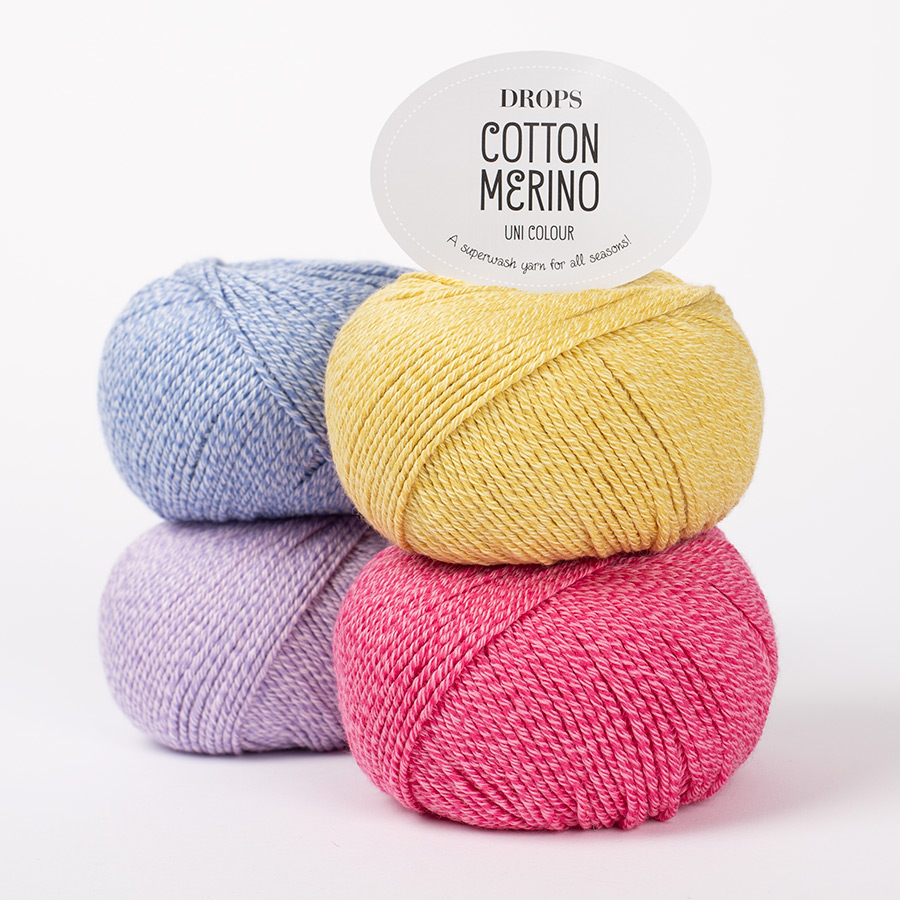
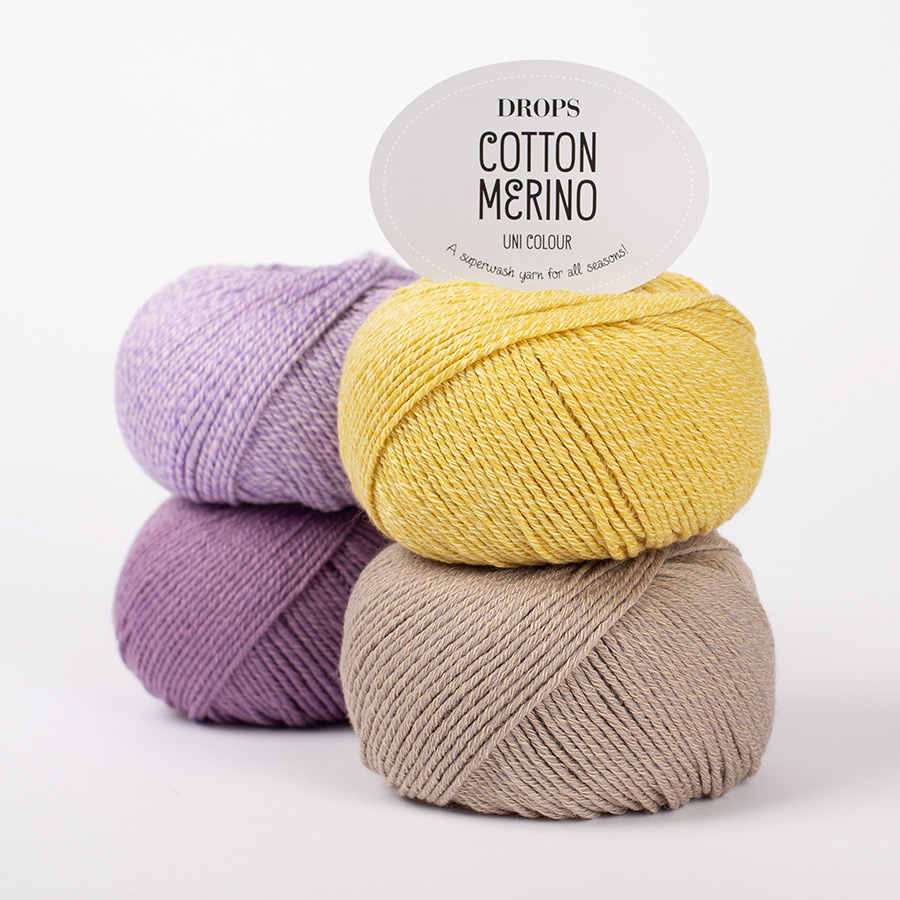
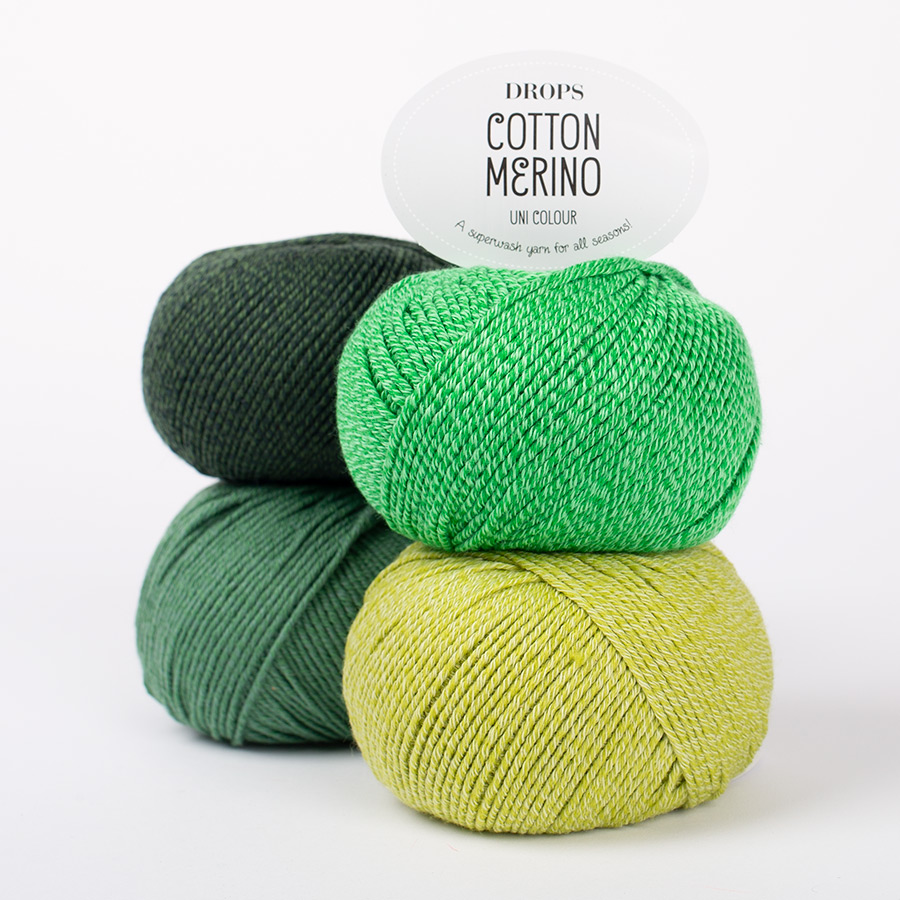
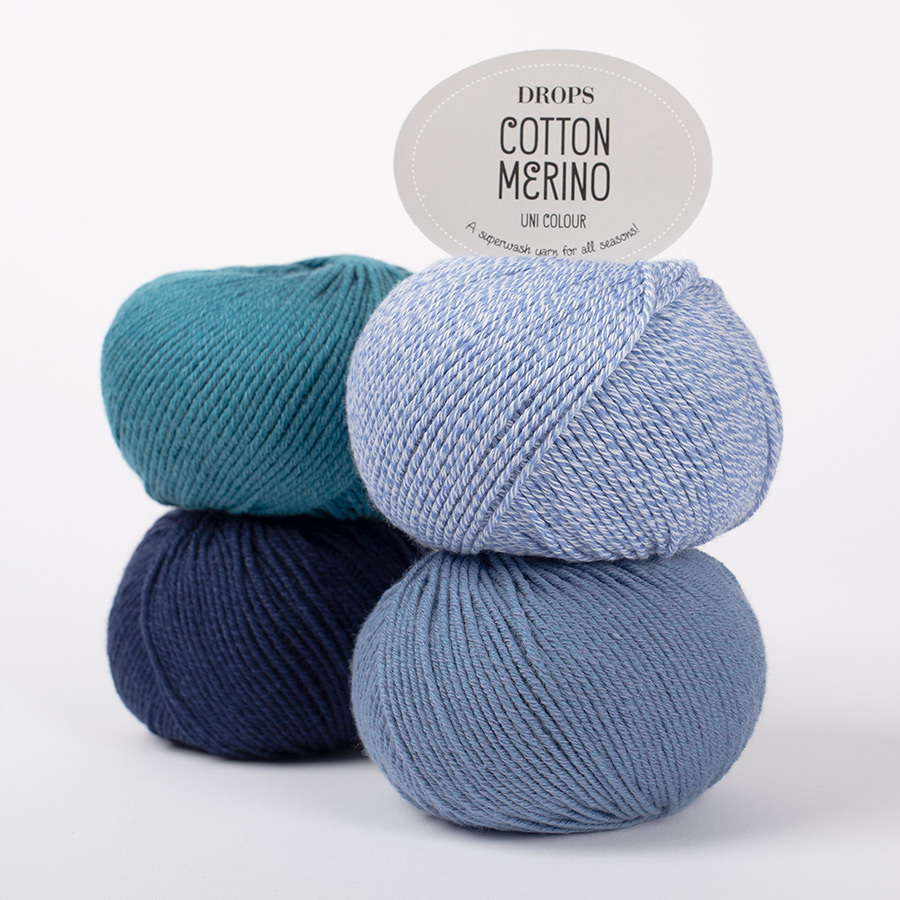
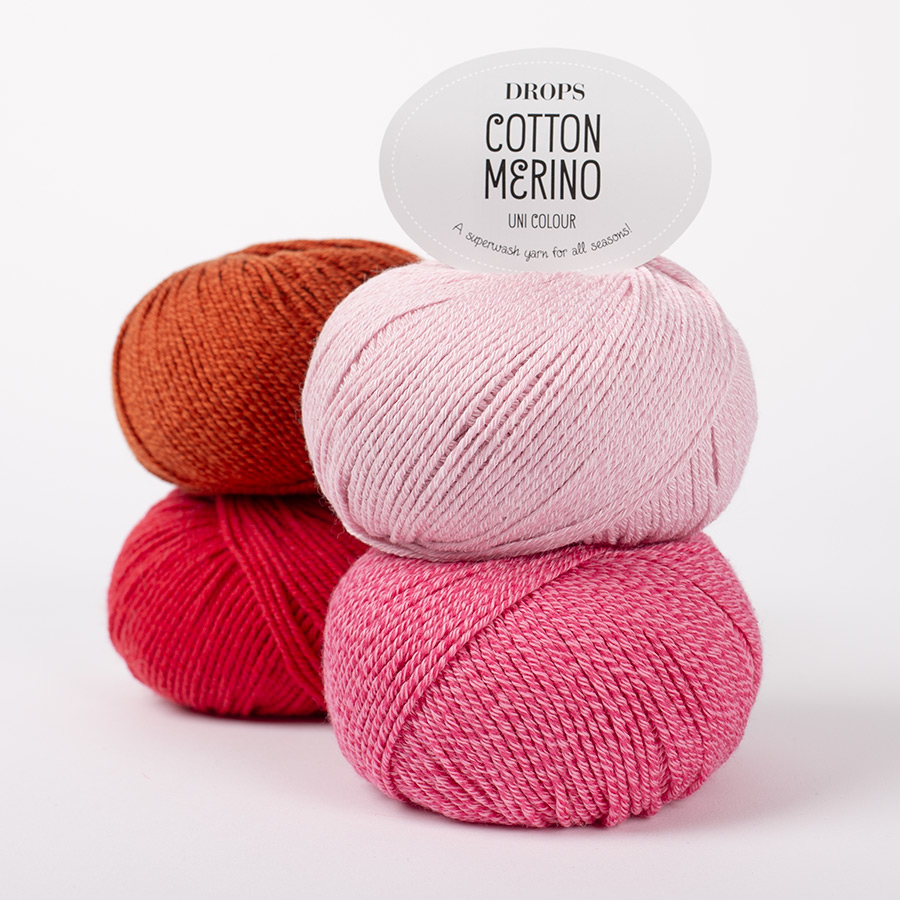
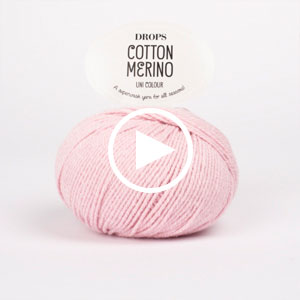











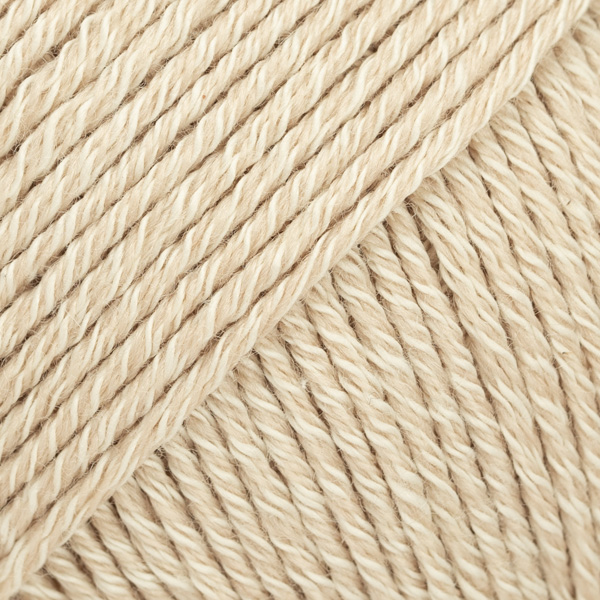



















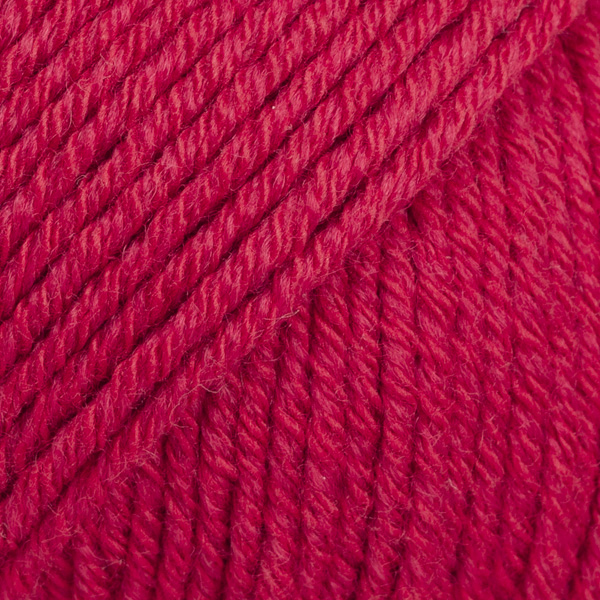








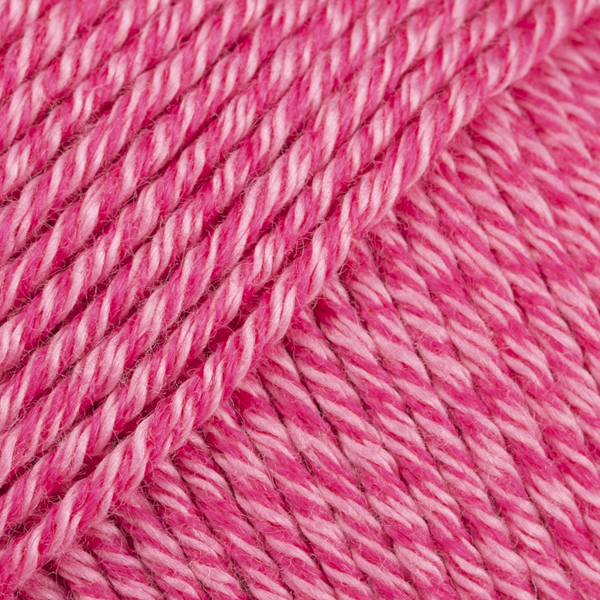

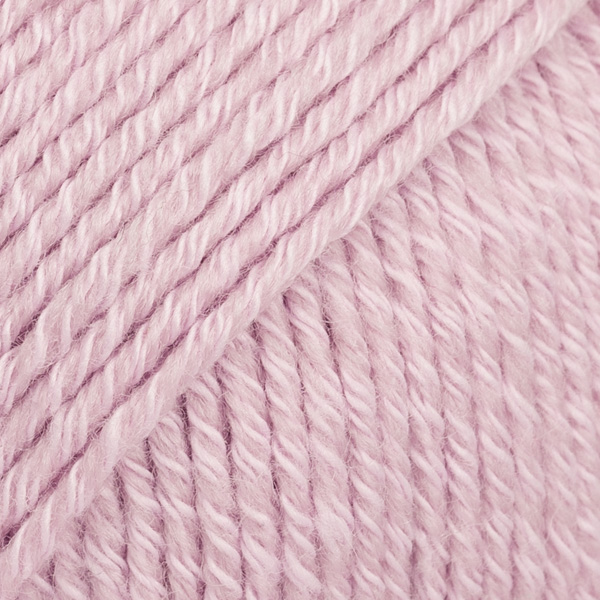









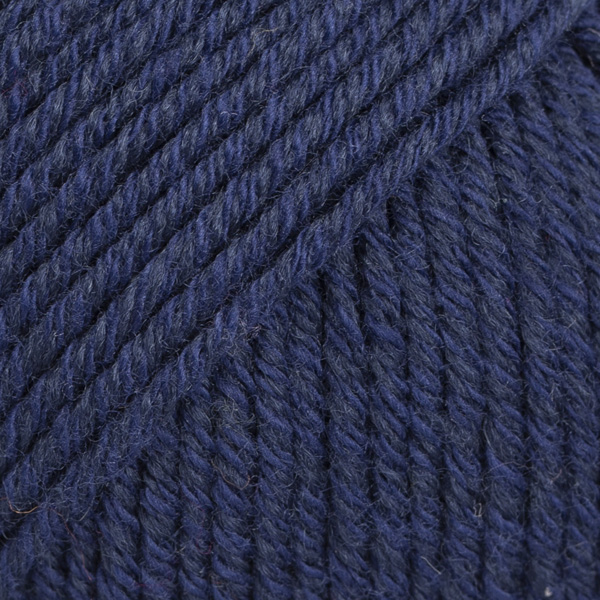







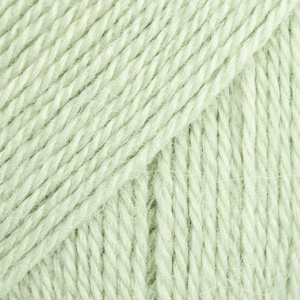






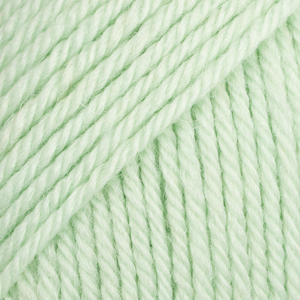






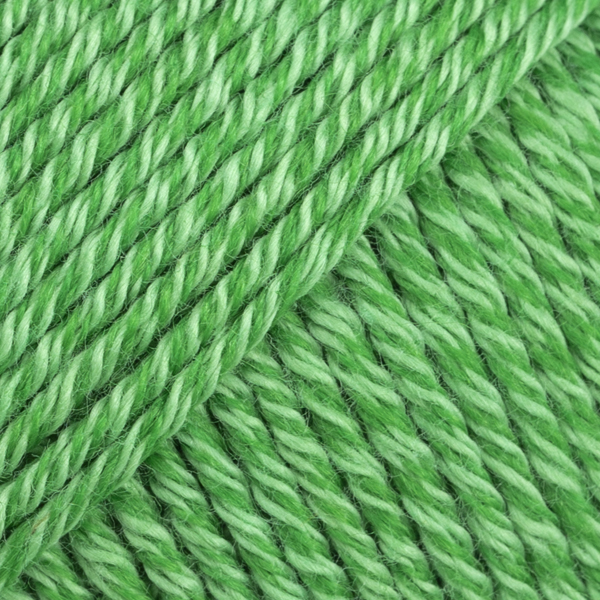






























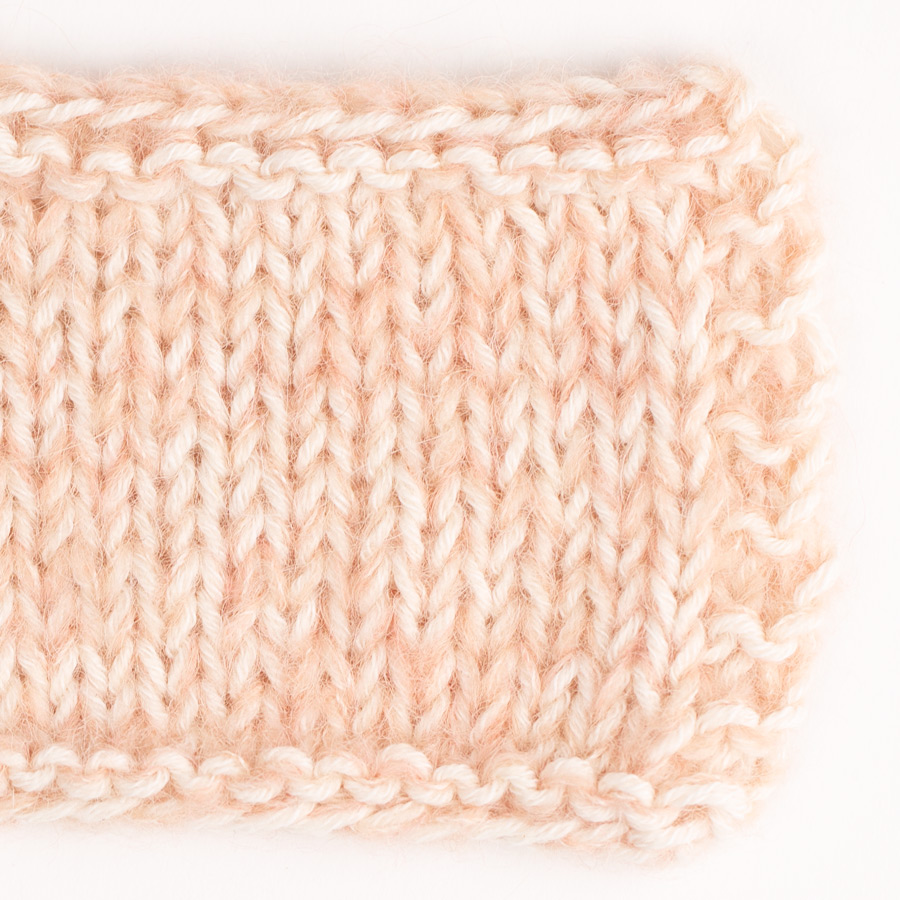

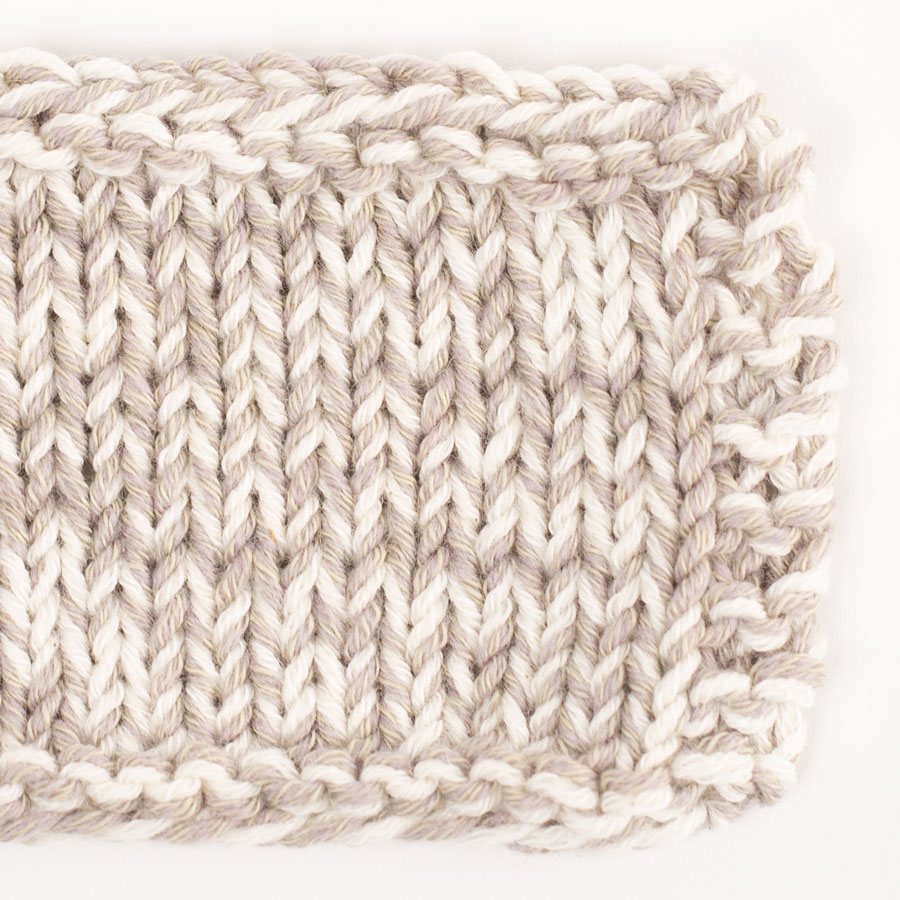
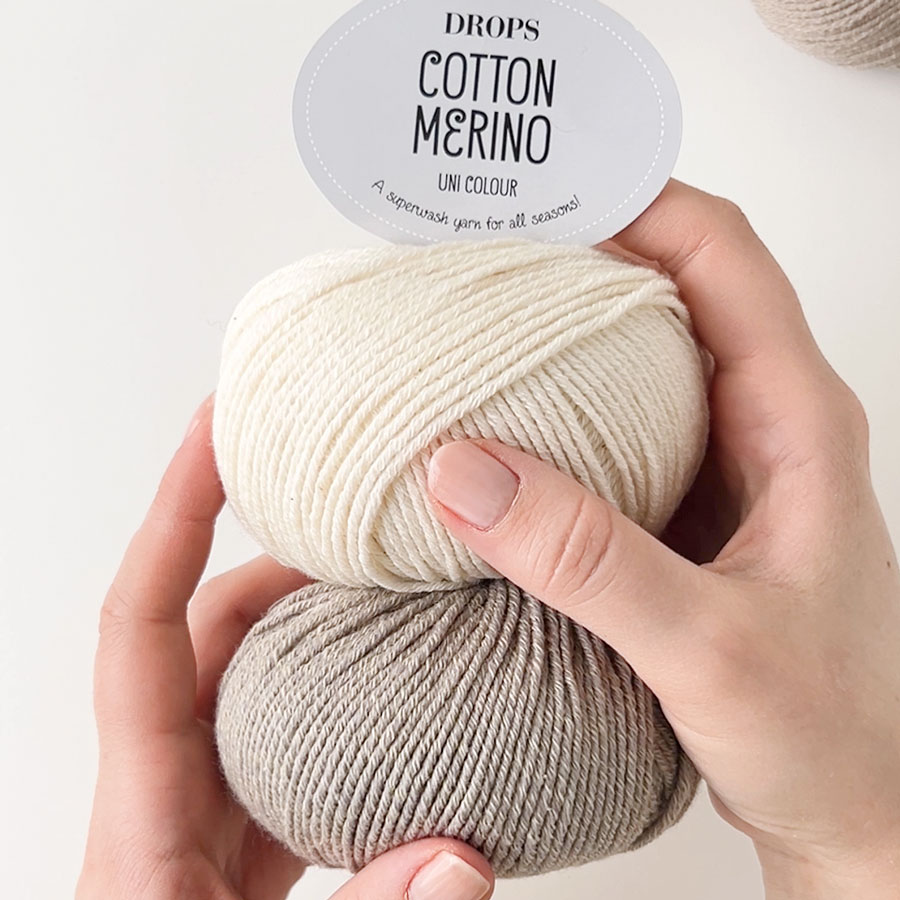
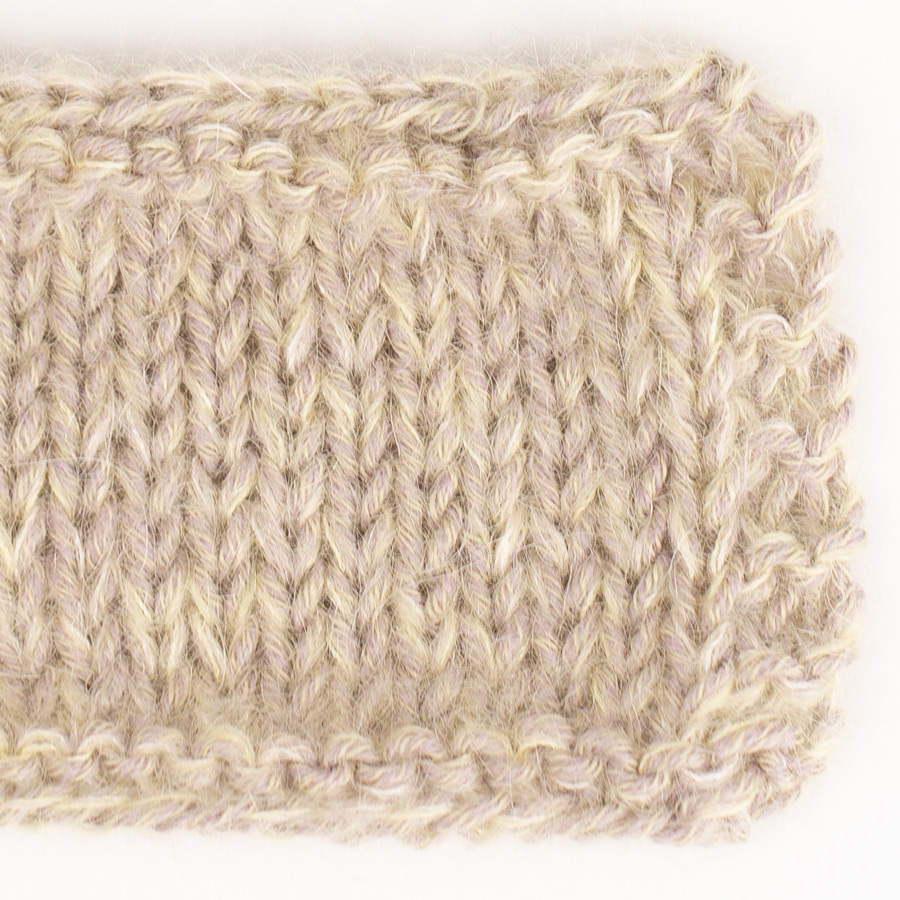
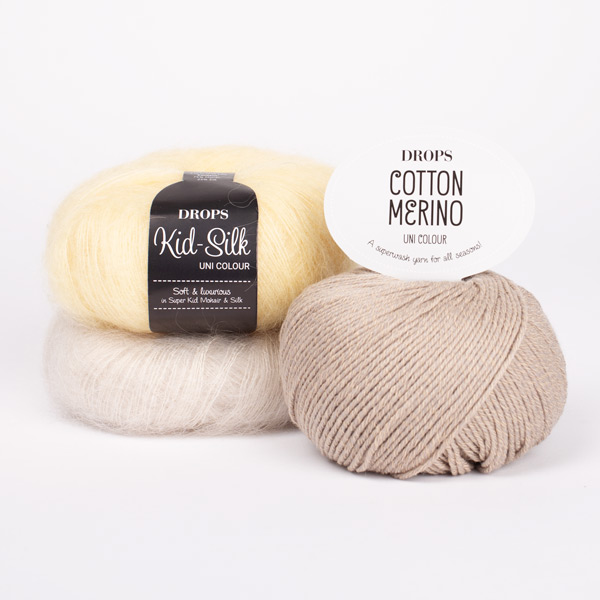
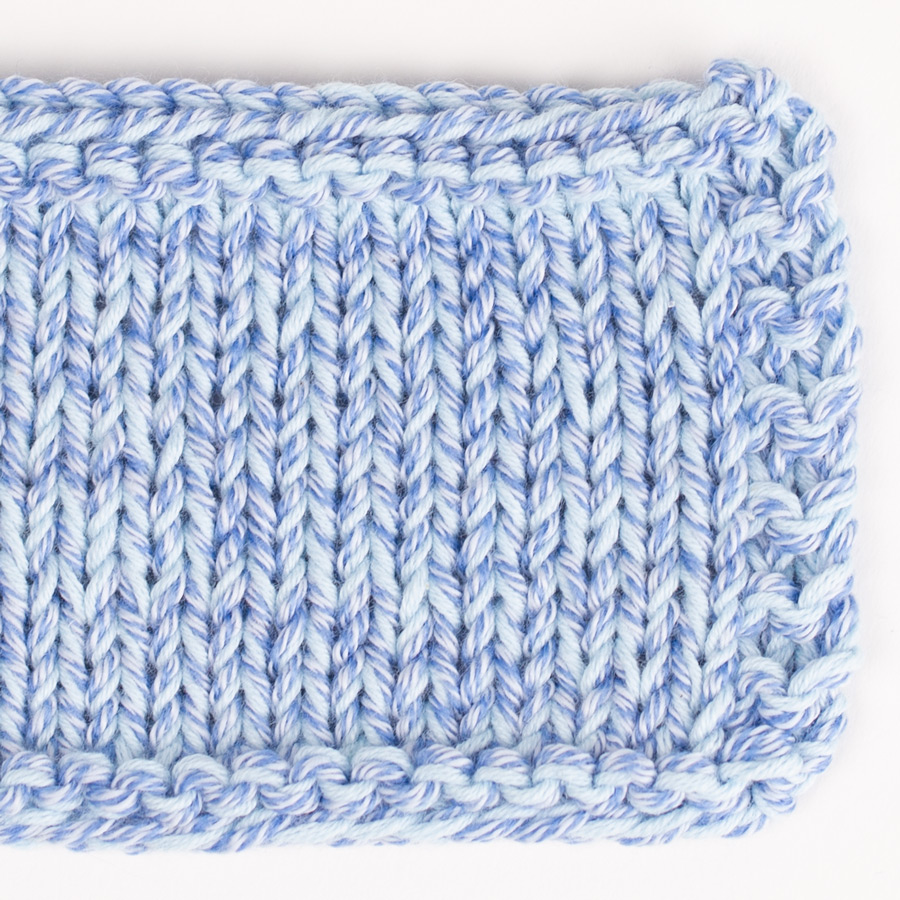
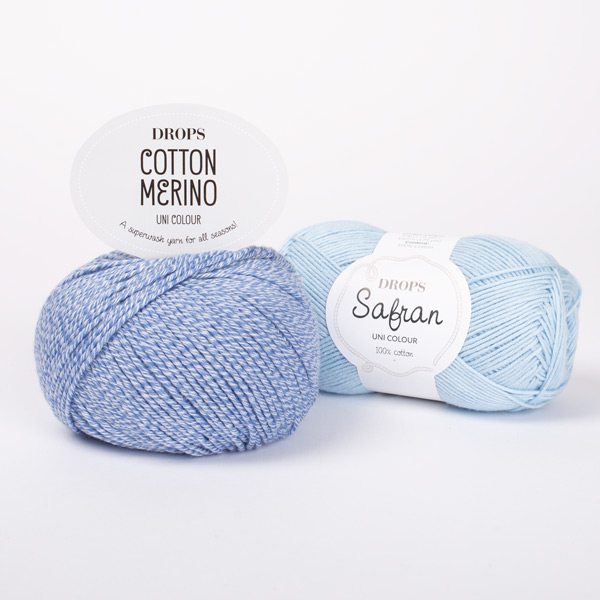
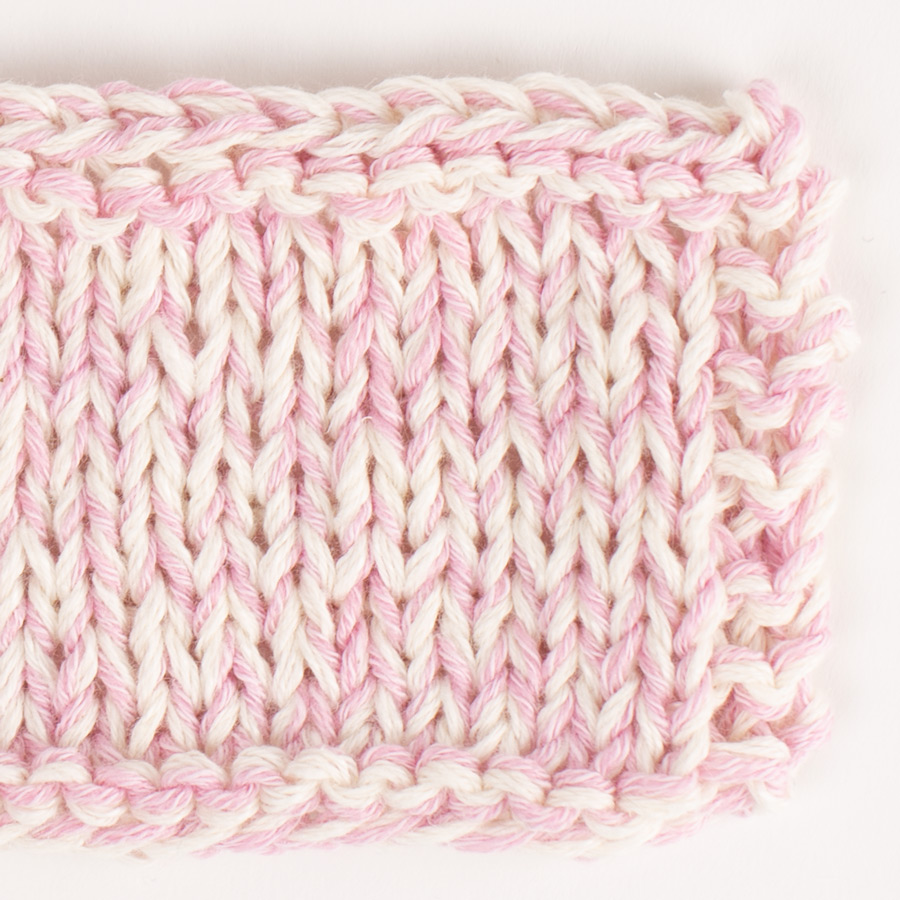
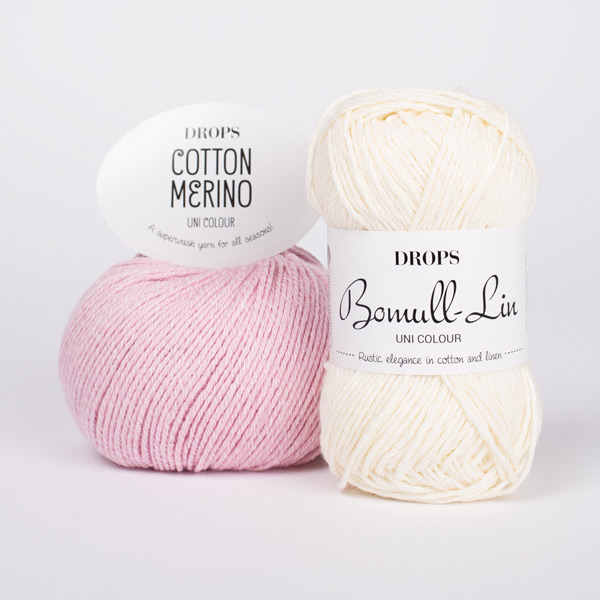
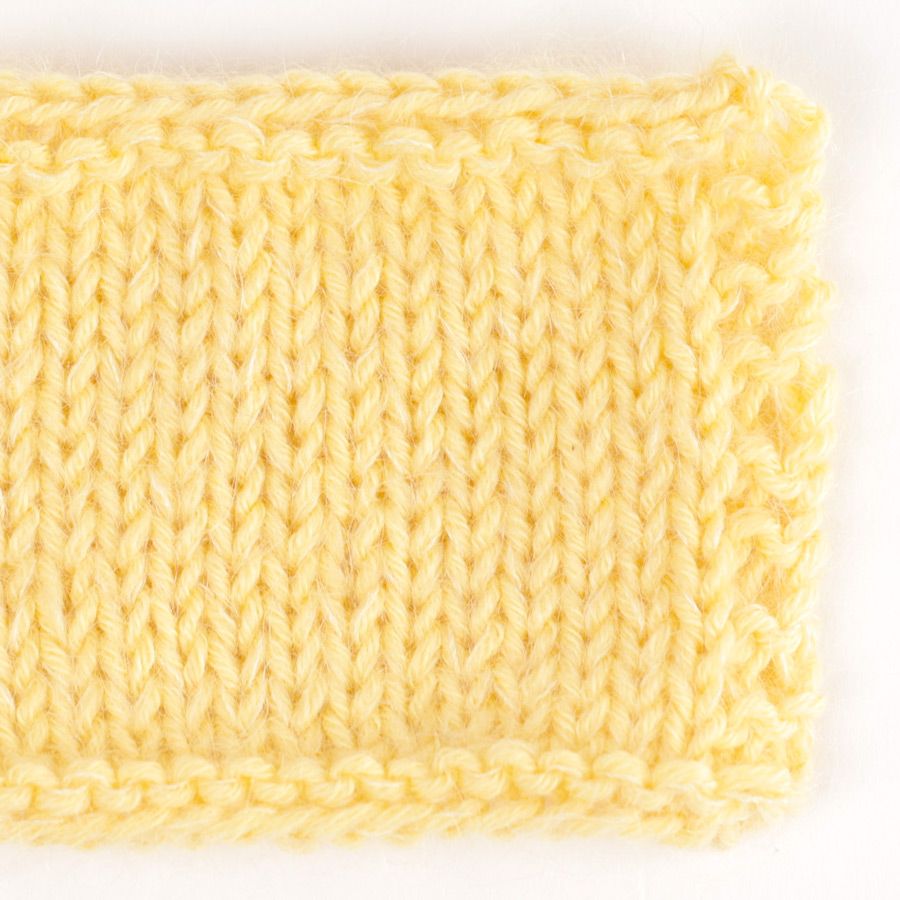

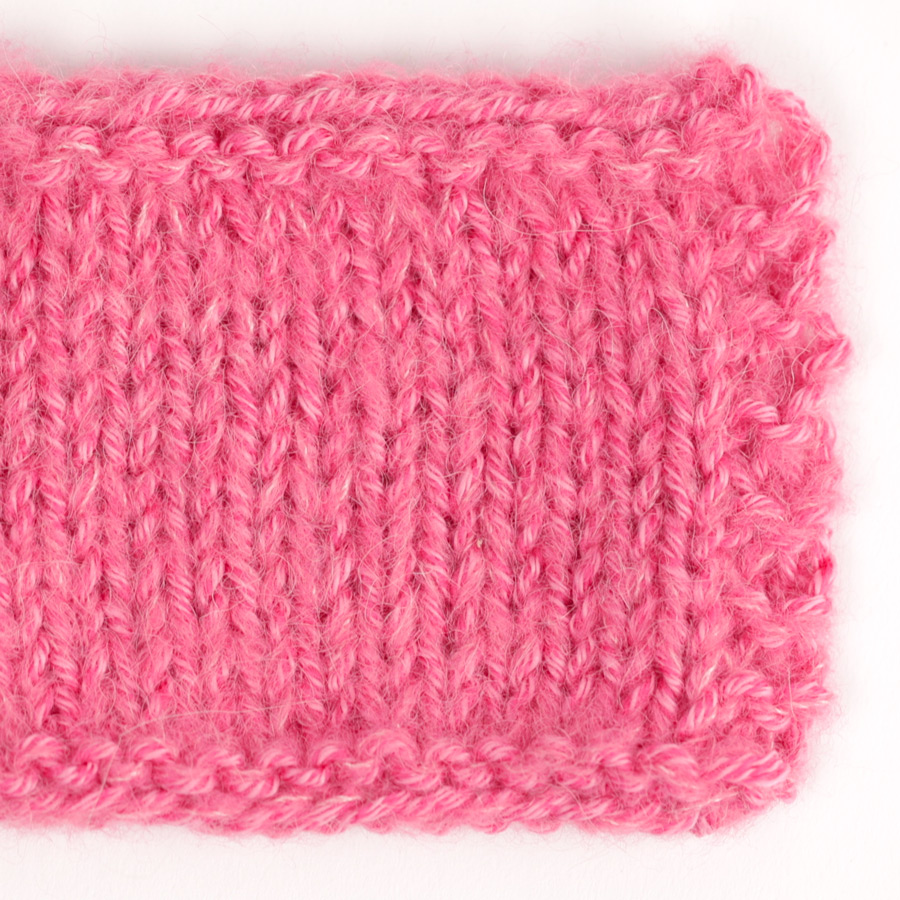
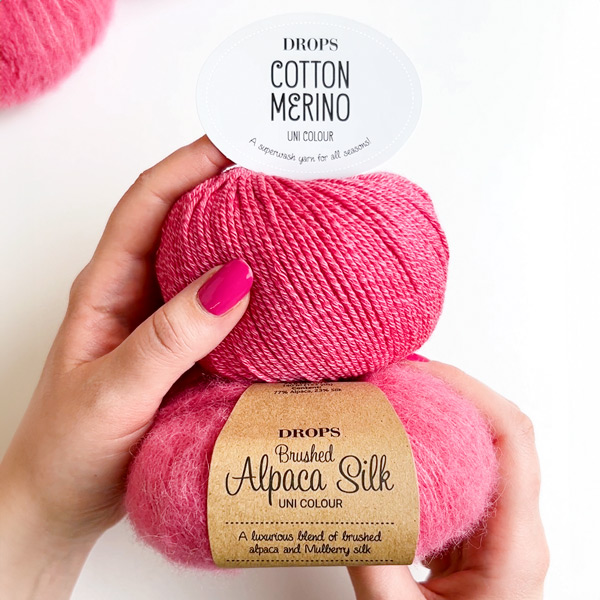
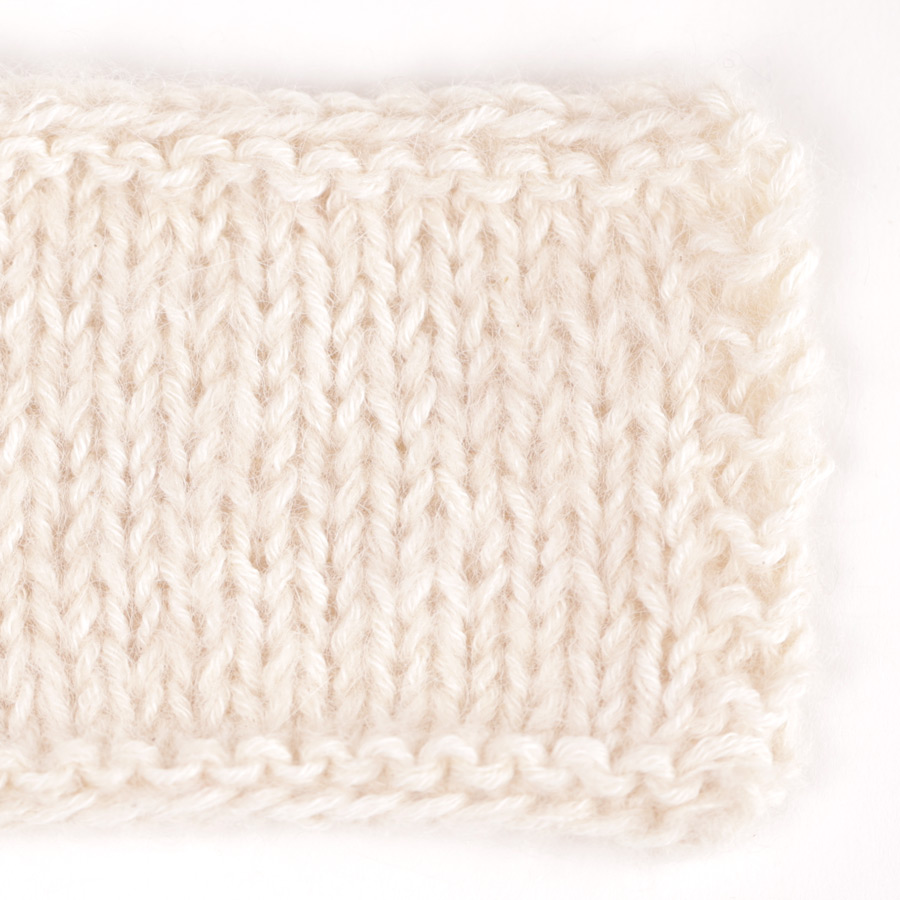
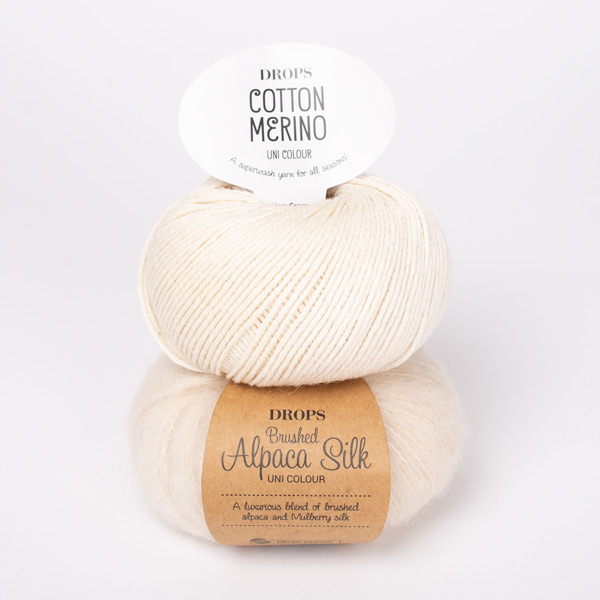
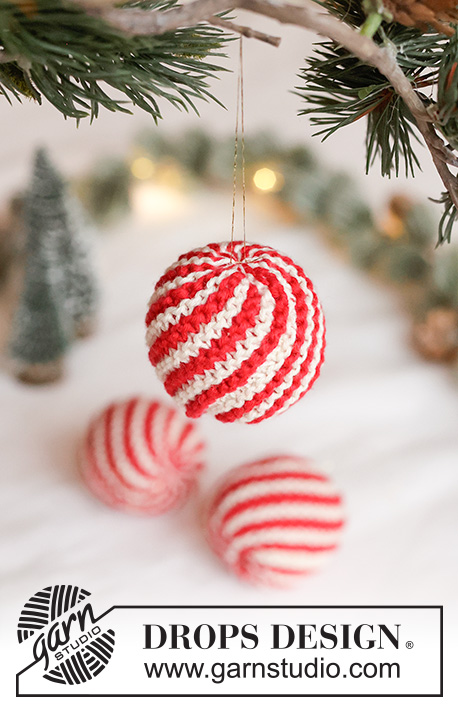

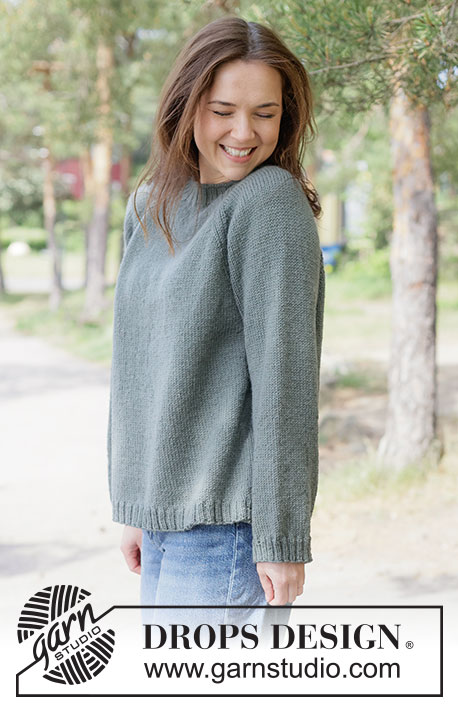






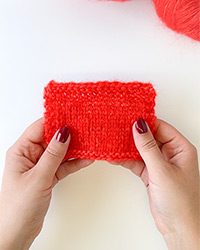
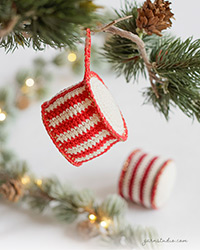




Cotton Merino is een prachtig en zacht garen. Ik heb er een kindertrui van gebreid, en voor de zekerheid met een halve maat dunnere naald,maar tot mijn teleurstelling houdt het garen zich zelfs niet goed in de voorzichtige handwas. Het lubbert uit, de boordjes zwabberen om de polsen, de trui wordt korter en breder. Zo jammer. Ik zal het niet meer gebruiken.
04.05.2015 - 23:21